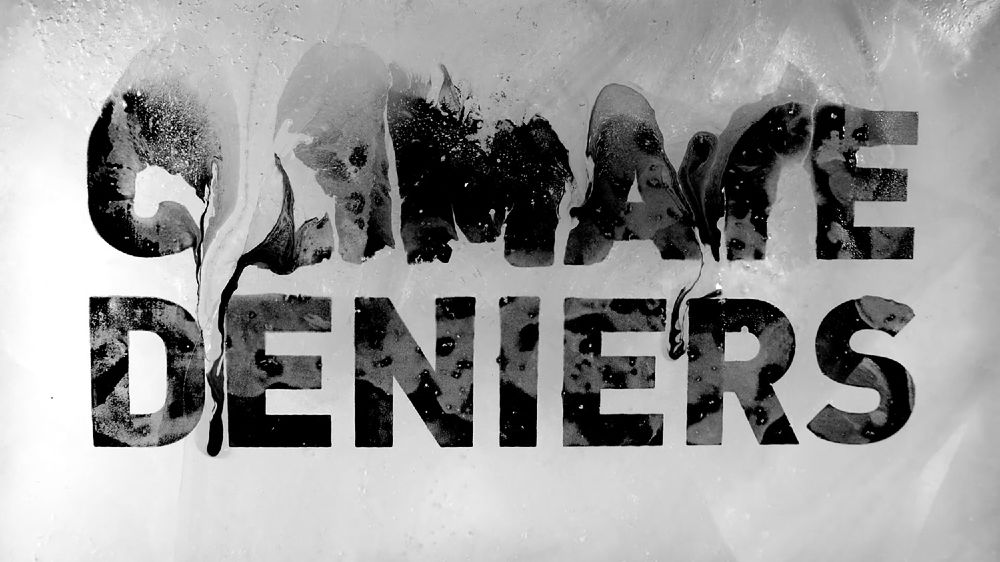Climate Action Plan opinion piece: Fear and the present future

- Written bySantenne Luyindula

The way we are ideologically conditioned to react to climate change creates fear and division. This fear and divisiveness can be detrimental to our wellbeing. Resulting in issues such as denial and eco-anxiety which harm our health. We must be able to recognise them to oppose the current culture of fear mongering and exclusion.
There is a lot of information available about the climate crisis. Some of which is conflicting. Which means consuming this information can be overwhelming or simply confusing. Taking in too much information can mean even those who are well-meaning make ill-informed decisions. Decisions that can result in further depletion of natural resources.
Misinformation and weaponisation of climate change on social media platforms can be dangerous. Especially when it is not informed by what the climate crisis actually is and what it means to the individual sharing information or viewpoints. To begin to decipher the information it is important to start from yourself. Consider which details are most relevant to you. Before thinking about how you can support your communities and surrounding environment.
Independent thinking and creative inquiry can help us to become aware of where misinformation, fear, anxiety and exclusion are present. It can help us to gain a personal understanding without being heavily influenced by the opinions of others. Creative research and communication methods offer ways to explore this in our personal and shared spaces, and experiences.
Accessibility is critical to this. It dismantles exclusionary environments within climate action. These are present in education, the workplace and society as a whole. The art and design community is no different. We need active participation and diverse interaction, from everyone, irrespective of personal characteristics or social position to change this.
Establishing a connection with the earth, and all who inhabit it, is imperative. So too, is understanding the practices that exist outside the monolithic narrative that surrounds climate change. This narrative, enforced by the western world, continues to dominate the way we design and build our environments. To the detriment of natural environments, and in turn, disadvantaged indigenous communities globally. Thus, the intergenerational cycle of exploitation and trauma continues.
Creative practice, like wealth, is unevenly distributed. While creative currency sits in the control of a select few its potential is limited. Alternative resources generated by creative practitioners working with communities can open a more inclusive space. This might be the way information is gathered, documented and communicated or how experiential learning is used in community-based creative projects. If distributed evenly it can enhance the quality of life for all.
The duality of climate change is facing the truth while simultaneously facing our (in)competence. Failure to act is a response and direct threat to the living world. But together, we can all make change to ensure the safeguarding of the earth’s inhabitants and its future Change is, and should be, considered an elementary process to which we are all liable. For change to happen we must act. This could be: recycling and reusing materials; developing critical thinking to make informed decisions; writing about the impact of the climate crisis.; communicating potential solutions; introducing organic and plant-based ingredients into our diet and lifestyle.; creating an inclusive global network of climate activists; investing in renewable energy; reducing our consumption and waste; protecting ecosystems and promoting biodiversity. There are many ways to enforce change and much to do.
By acknowledging a collective responsibility that we as custodians bear, we can mobilise. To create regenerative systems which preserve historical cultural practices and communities.
Santenne Luyindula is a BA Architecture student at Central Saint Martins and a member of the UAL Climate Emergency Network.